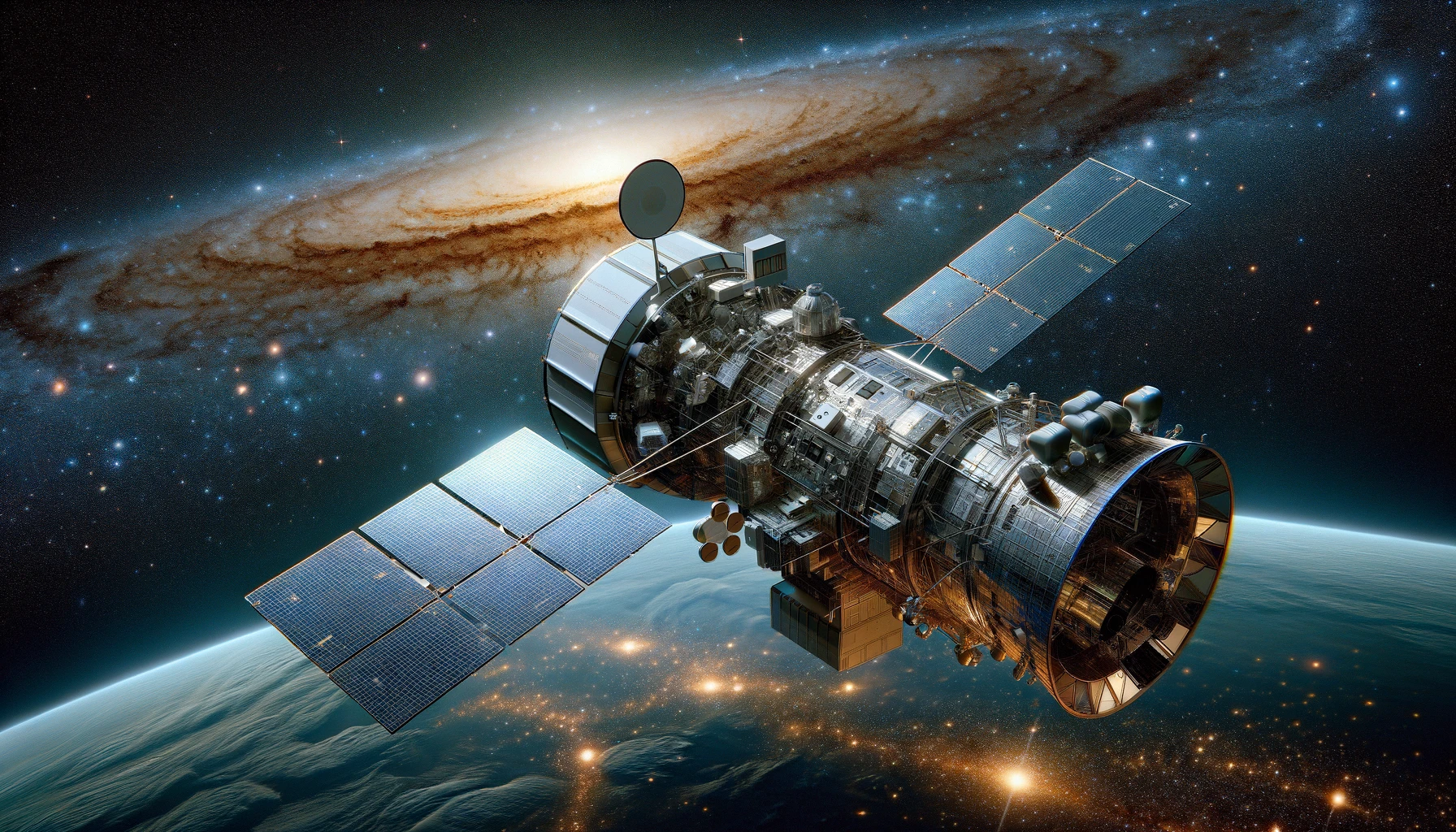NASA’s Near Space Network (NSN) has implemented cutting-edge technology that has allowed the PACE (Plankton, Aerosol, Cloud, ocean Ecosystem) mission to send its first operational data back to Earth. This significant achievement leverages advancements in the network’s communications infrastructure, including the integration of new antennas and enhancements in data transmission technology like Delay/Disruption Tolerant Networking (DTN). These developments not only support PACE but also set the stage for future missions within and beyond Earth’s orbit.
The PACE mission’s primary objective is to enhance our understanding of Earth’s atmosphere and oceans by studying the interactions between them, specifically focusing on how they exchange carbon dioxide. This mission collects significant amounts of data that could shed light on climate change and ocean health, which are critical in understanding global environmental changes. The mission’s ability to transmit vast amounts of data reliably despite the challenges of space communication highlights the importance of technological advancements in ensuring the success of such environmental studies.
Enhanced Communication Systems and Data Integrity
The NSN has integrated DTN technology into its operations to protect data from being lost due to disruptions commonly experienced due to the vast distances in space communications. This technology is vital for missions like PACE, where data integrity and timely receipt are crucial for continuous monitoring and analysis. The network supports these operations by allowing data to be stored and forwarded when a stable communication link is available, ensuring that data reaches Earth without any loss.
Tech Partnerships Expand Global Reach
In collaboration with Kongsberg Satellite Services in Norway, NASA has expanded its network capability by incorporating new antennas located strategically around the world. These include locations like Fairbanks, Alaska; Wallops Island, Virginia; Punta Arenas, Chile; and Svalbard, Norway. These additions enhance the network’s global coverage and operational flexibility, facilitating the downlink of terabytes of scientific data daily, which is crucial for the timely analysis and utilization of the data collected by missions like PACE.
Future Prospects for Space Communication
Looking ahead, the advancements in NSN’s capabilities are expected to benefit not only current but also future missions. The incorporation of more commercial partners and antennas is set to increase the network’s data downlink and communication capabilities. This expansion is crucial for accommodating the growing demands of space missions and the increasing data volumes they handle, paving the way for more ambitious projects and deeper space exploration.
The successful deployment and operation of the NSN technology in supporting the PACE mission mark a significant milestone in space communications. By ensuring robust and reliable data transmission capabilities, NASA continues to enable critical climate research. These technological enhancements help scientists gather and analyze environmental data more efficiently, leading to better-informed decisions about climate action and sustainability efforts on a global scale. The ongoing development of NSN ensures that future missions will have the support needed to contribute further to our understanding of Earth and beyond.










